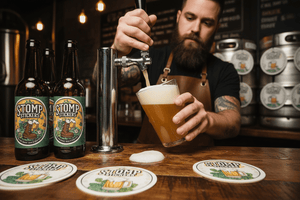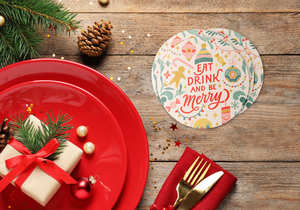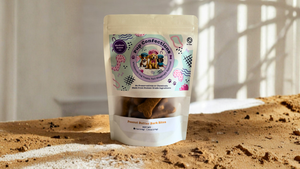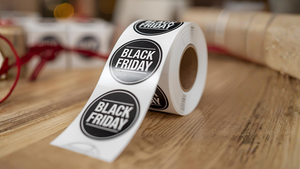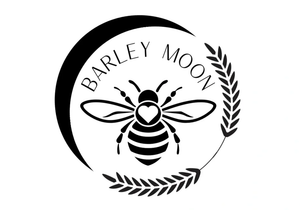Decoding CBD Labels: Selecting the Right CBD Product

Tinctures. Balms. Oils. Sodas. And anything else. If you live in a state where cannabis is legal, you’ve probably noticed an explosion in the variety of cannabidiol (CBD) products available on store shelves. Derived from hemp or marijuana plants, CBD proponents claim their product delivers pain-relieving and relaxing effects without the “high” associated with other cannabis products. That’s made it a popular ingredient in many wellness products, but selecting the right option for your needs can be intimidating. How do you know what exactly you’re buying?
As CBD weaves its way into the fabric of more people’s daily wellness routines, it’s never been more important for CBD lovers and business owners to understand the nuances of CBD labels. From the different types of CBD to its potency and dosage, understanding how to read the info on display is the first step to finding a product that meets your needs. And for all you CBD business owners, it’s just as important for you to not only stay well-informed about your products but to also transparently share this info with your customers.
Ready to untangle the complexities of CBD labels? Let’s dive in.
What Are CBD Labels?
CBD labels are more than just a sticker on a CBD product — they’re a goldmine of important information. These labels tell you everything you need to know about the product, from its potency and dosage to recommendations on how to use it.
As a consumer, it’s important to understand how to read CBD labels so you can make informed decisions and invest in products that are actually suited to your needs. And for you proud CBD business owners out there, understanding and adhering to CBD label requirements is just as important. Staying compliant can help you avoid legal issues and make sure you’re providing all the necessary info to your loyal customers. It’s a win-win!
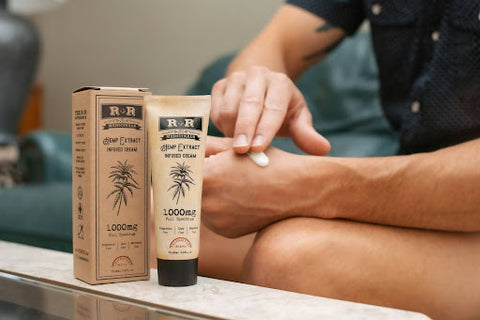
What Are The Different Types of CBD?
There are three main types of CBD: full-spectrum CBD, broad-spectrum CBD, and CBD isolate. Unlike tetrahydrocannabinol (THC), which causes a psychoactive effect, CBD products offer therapeutic benefits without that “high” feeling. However, each type is slightly different, so it’s important to understand what makes each category of CBD unique.
Full-Spectrum CBD
Full-spectrum CBD contains all naturally occurring components of the cannabis plant, including small amounts of THC (no more than 0.3%), terpenes, and other cannabinoids. You can purchase full-spectrum CBD in various forms, from topical oils to tasty gummies. And if you’re looking for a product that’s said to help ease inflammation or symptoms of anxiety, Full Spectrum is your perfect match.

Broad-Spectrum CBD
Similar to full-spectrum CBD, broad-spectrum CBD comes in several forms and contains most cannabinoids — except this one’s entirely THC-free. Broad-spectrum CBD is an ideal choice if you’re looking to avoid the psychoactive compound while still benefiting from CBD’s anti-inflammatory properties.
CBD Isolate
CBD isolate is the purest form of CBD, stripped of all other cannabinoids, terpenes, and plant compounds. CBD isolate is the best option if you want to consume CBD exclusively, with no other compounds interacting with your system. It delivers all the chill without the thrill!
Selecting the Right Product: What To Look for on CBD Labels
When you’re browsing the shelves for the perfect CBD product at your local dispensary or retailer, there are a couple of must-know details to keep an eye out for. Business owners: Make sure to include these deets on your CBD labels to help your customers find their way to high-quality relief.
Dosage and Potency
Understanding the potency and dosage of a CBD product is an important step in finding one that meets your needs. CBD labels should include the product’s total CBD content in milligrams or grams, as well as the percentage of CBD by volume so you can determine a product’s potency.
On the other hand, the dosage provides guidance on how much of the product to use per serving. Look for these details on the front of the label. And remember, the dosage may vary depending on your body weight, desired effects, and other factors. Don’t overdo it!
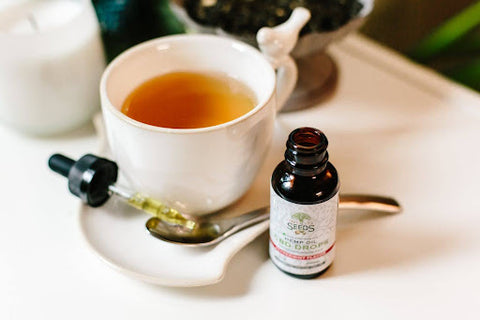
Dates
Always check the expiration date on a CBD product before you purchase it. The potency and quality of CBD can degrade over time, so this is the key to ensuring the product’s efficacy. The fresher the product, the better the results you are likely to experience. Using a product beyond its expiration or “best by” date may diminish the potential benefits.
Third-Party Testing
Reputable CBD products include a certificate of analysis (COA) that provides information about third-party lab testing. This independent verification lets you know the product meets specific standards and is safe to use and effective. And third-party labs don’t have a stake in the product. No biased results here!
Make sure you search for batch and lot numbers on the label as a sign of quality assurance. These numbers also let you trace a product back to its production batch and verify the COA’s validity.
Added Ingredients
Be mindful of any added ingredients that might affect you, especially if you have allergies. And if you’re selling CBD products, make sure you include a full list of added ingredients on your label.
CBD products have to list all ingredients on their labels, including carrier oils (which are typically plant- or nut-based) and flavorings. Some products contain sugar or other sweeteners, which should be noted on the label as well.
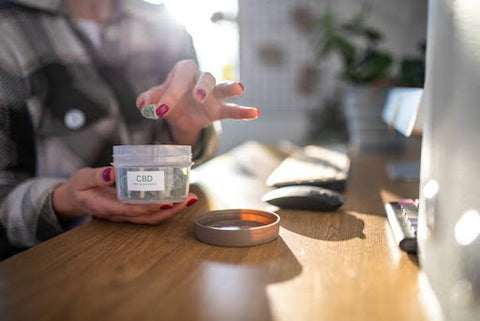
Create Custom CBD Labels With Stomp
Whether you're a discerning consumer eager to find the perfect CBD product or a CBD business owner dedicated to offering top-notch goods, knowledge is your most valuable asset. Understanding how to read CBD labels is your first step toward making empowered choices as a consumer. For shoppers and entrepreneurs alike, remember that the clarity and transparency of a CBD label reflect the quality and reliability of the product itself.
When it comes to crafting all-important CBD labels, Stomp is your go-to partner. With user-friendly design tools and various label types to choose from, you can create the perfect label that elevates your brand.
Design custom CBD labels with Stomp today.
- Nashira Edmiston

